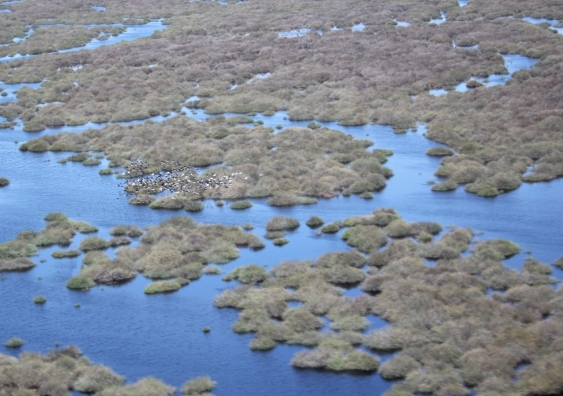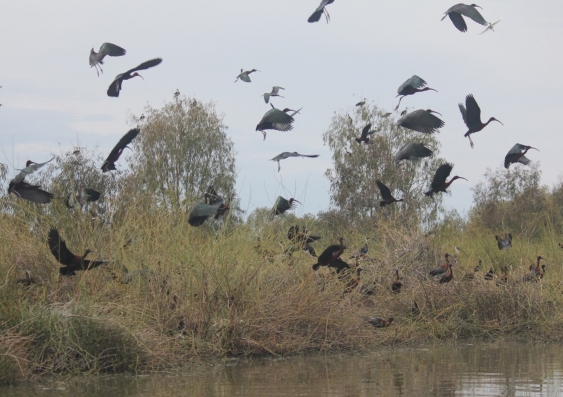Scientifically-based wetland restoration on a grand scale
UNSW scientists are members of a consortium chosen by the NSW Government to restore one of the most important wetlands in the Murray-Darling Basin – the Nimmie-Caira system of the Lowbidgee wetlands.



